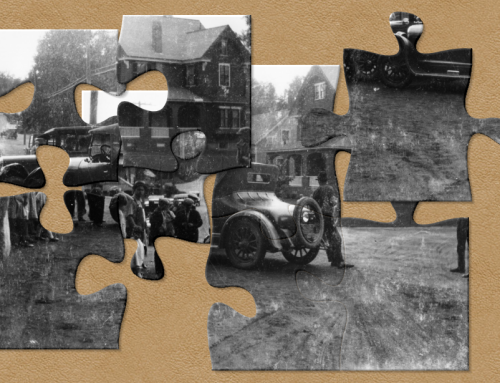The development of modern architecture in the 1920s grew from an interest in new materials and a rejection of past styles. It was a style that promoted interactions with the social and natural worlds. Low-to-the-ground design extended the houses into the garden. New steel and concrete frames revolutionized building interiors, allowing for open, flowing rooms and glass curtain walls. Radiant floor heating and passive solar brought new energy efficiencies. There was a shift to the backyard patio and away from the front porch.
In a 1948 editorial for Progressive Architecture, Dartmouth’s Ted and Peg Hunter wrote that “modern design—design of our time—is not a style. It is a solution to modern problems in modern terms.”
The design elements included:
-
- Sites that took advantage of views and fit into the landscape
- Horizontal orientation with simple, flat rooflines
- Open to nature, yet private with extensive use of glass
- Harmonious, flowing open spaces
- Use of the latest in building technologies and heating efficiencies



